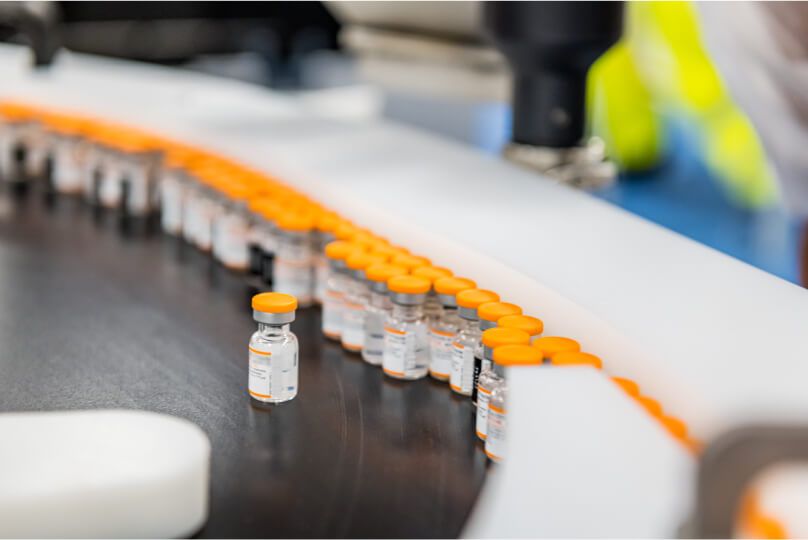Data and AI are Helping to Get Medicines to Patients Faster
Data, Artificial Intelligence (AI), and supercomputing are accelerating innovation across Pfizer—from discovery to clinical development, manufacturing, distribution, and commercialization—to help bring medicines to patients in need faster than ever before. This was certainly the case with PAXLOVID, Pfizer’s COVID–19 oral treatment.
In research and discovery, supercomputing capabilities paired with advanced computational methods helped Pfizer scientists optimize their search for the right molecules to be able to deliver PAXLOVID orally rather than intravenously. This was a game-changer because it meant that patients could take the treatment at home rather than in a hospital setting, which has significantly increased access to treatment for millions of people around the world.
AI and machine learning (ML) capabilities also played a key role in running Pfizer’s PAXLOVID clinical trials, enabling the team to perform quality-checks and analyze vast amounts of patient data 50% faster than before. Building on this success, AI and ML capability are used in more than half of all Pfizer’s clinical trials.
Pfizer colleagues have also leveraged data and AI to optimize the manufacturing of PAXLOVID, by analyzing supply chain data to identify, address, and monitor issues in production, creating a system of continuous improvement. In one case, the cycle time of a critical step in the supply chain was able to be reduced by 67%, which enabled the production of 20,000 extra doses per batch. With the predictive capabilities of AI, Pfizer can manufacture more medicines to benefit even more patients around the world.
The last important step has been to ensure that patients in need receive treatment in a timely manner. One of the biggest challenges many countries face is underreporting of COVID–19 infection rates. In the U.S., for example, Pfizer applied advanced analytics to analyze wastewater data provided by the Center for Disease Control, validating that infection rates around the country were much higher than had been reported through standard testing. And going deeper, Pfizer scientists have analyzed diagnosis and treatment rates and data from healthcare professionals, to identify and understand where disparities in treatment exist.
These data-driven efforts to identify underserved communities and barriers to treatment access have helped Pfizer engage in informed discussions with governments as they work to improve patient access to diagnosis and treatment. In the U.S., this has helped build the case for government initiatives such as mobile testing sites and authorizing state-licensed pharmacists to prescribe treatments for eligible patients, with certain limitations.
These data-driven efforts to identify underserved communities and barriers to treatment access have helped Pfizer engage in informed discussions with governments as they work to improve patient access to diagnosis and treatment.
Thanks to the power of data and AI, Pfizer is not only developing more breakthroughs like PAXLOVID, faster than ever before but also increasing the potential for patients to access the breakthroughs they need.
PAXLOVID has not been approved, but has been authorized for emergency use by FDA under an EUA, for the treatment of adults and pediatric patients (12 years of age and older weighing at least 40 kg) with a current diagnosis of mild-to-moderate COVID-19 and who are at high risk for progression to severe COVID-19, including hospitalization or death.
The emergency use of PAXLOVID is only authorized for the duration of the declaration that circumstances exist justifying the authorization of the emergency use of drugs and biological products during the COVID-19 pandemic under Section 564(b)(1) of the Act, 21 U.S.C. § 360bbb-3(b)(1), unless the declaration is terminated or authorization revoked sooner.


